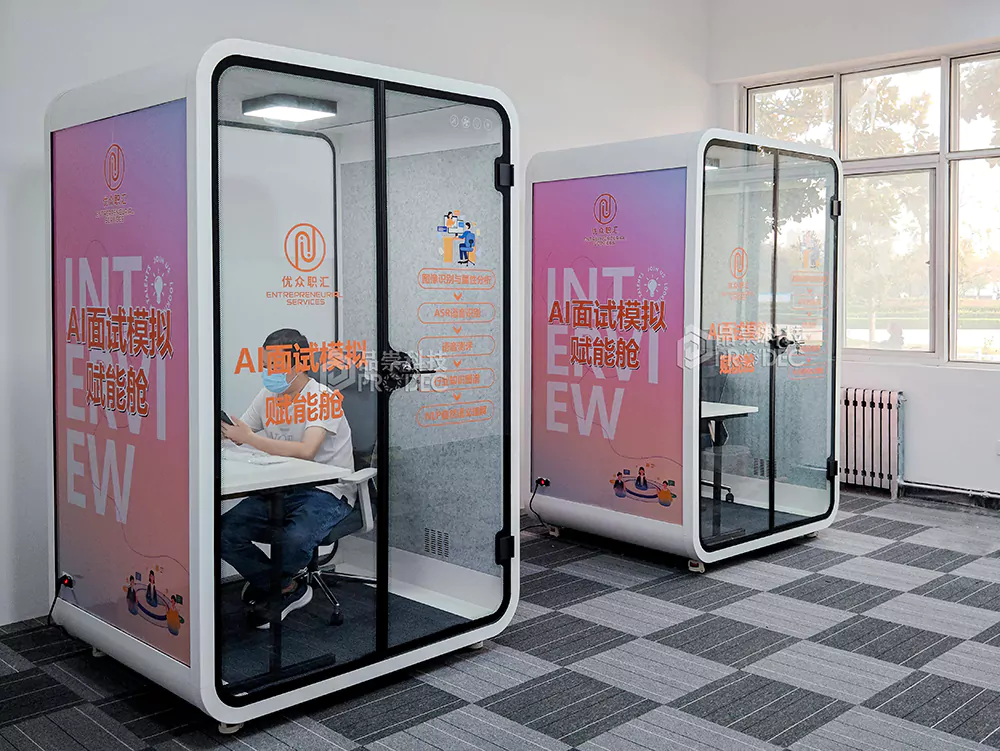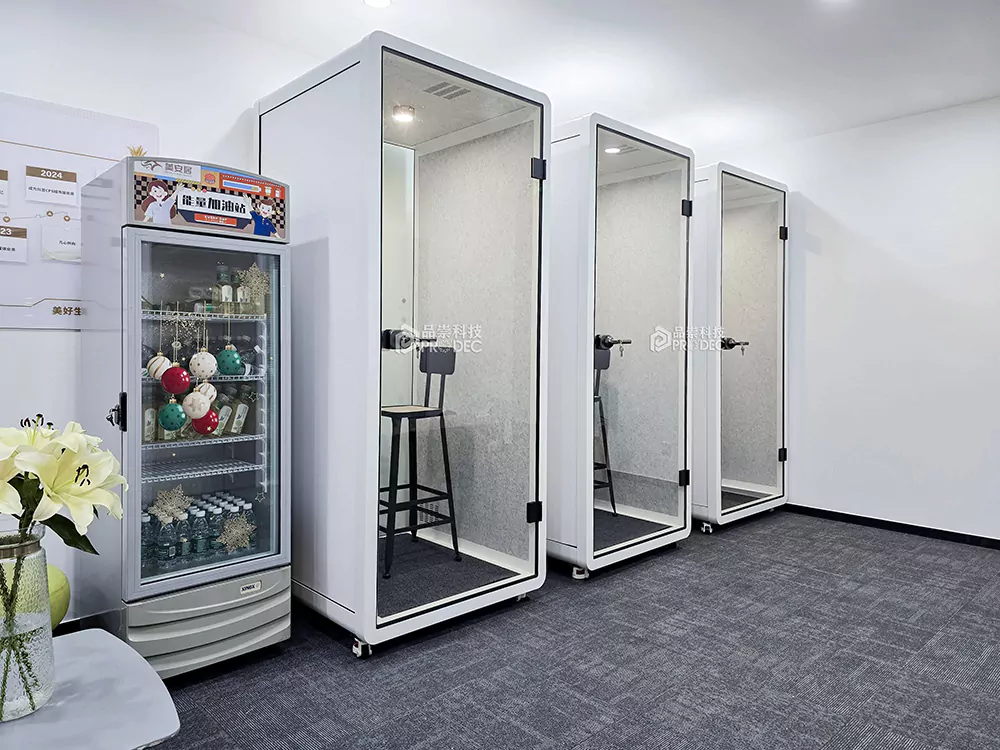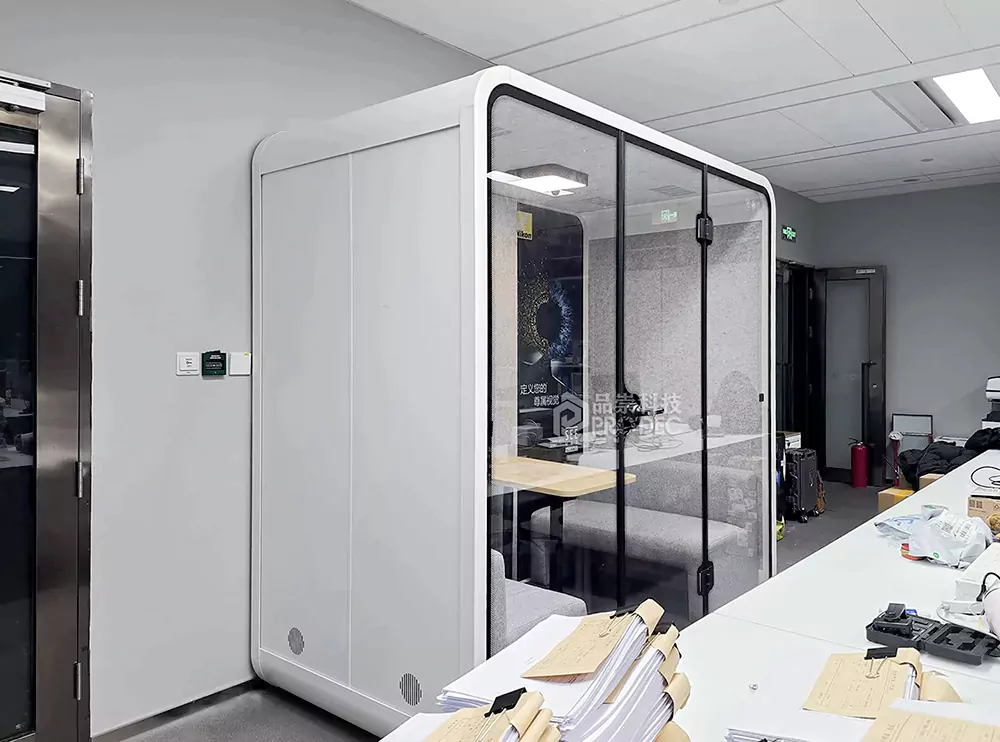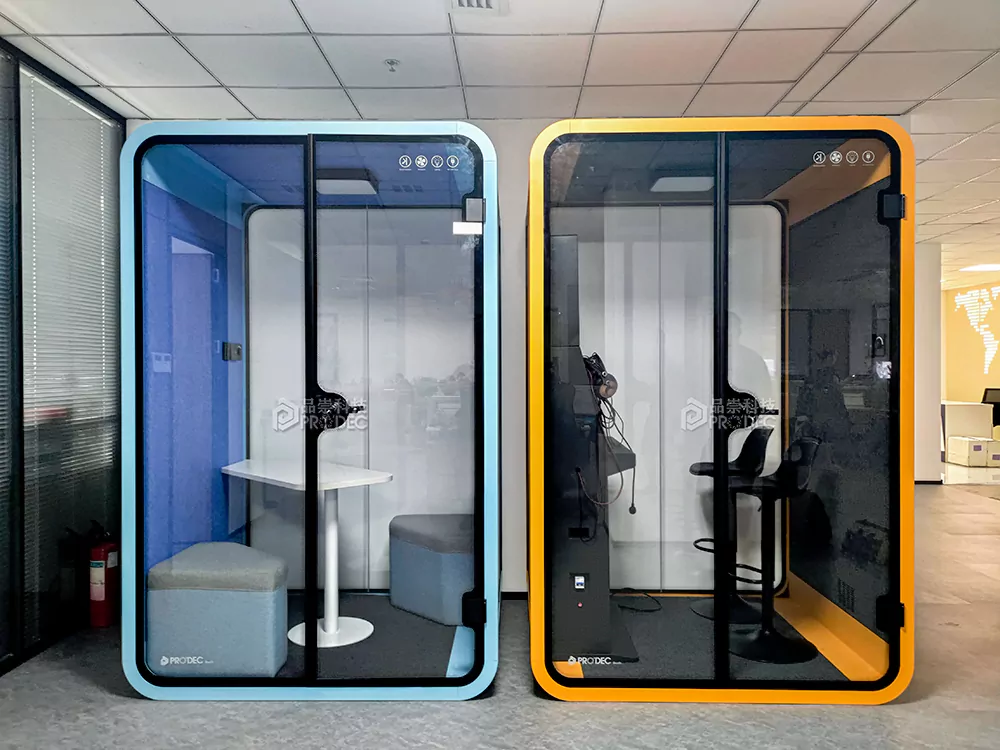Silent Booths Use Ventilation Systems to Keep Air Fresh
How Silent Booths Use Ventilation Systems to Keep Air Fresh and Circulating
Silent booths are designed to provide users with a quiet, private, and comfortable space for work, meetings, or relaxation. However, beyond noise reduction and privacy, one crucial factor often overlooked is air circulation. Without proper ventilation, the booth can quickly become stuffy and uncomfortable. This article explains how a silent booth uses an efficient ventilation system to maintain fresh air inside.

The Importance of Air Circulation in Silent Booths
A silent booth is an enclosed space designed to block external noise, which naturally limits airflow. Over time, this can cause the air to become stale, leading to discomfort and reduced focus. To solve this, manufacturers integrate advanced air ventilation systems that continuously refresh the air without compromising the booth’s soundproofing ability.
Proper air circulation ensures:
- Comfort: Users feel refreshed during long work sessions.
- Health: Fresh air reduces CO₂ buildup and maintains oxygen levels.
- Productivity: Clean air helps sustain mental clarity and focus.
How the Ventilation System Works
The ventilation system in a silent booth usually combines intake and exhaust fans that work together to create a balanced airflow.
1. Fresh Air Intake
Fresh air is drawn into the booth through soundproof air ducts equipped with acoustic filters. These filters prevent outside noise from entering while allowing air to pass through smoothly.
2. Air Circulation Path
Inside the booth, the airflow is strategically directed to cover all corners. The design ensures that the air does not create drafts or noise while maintaining even temperature and humidity.
3. Exhaust System
Used air is pushed out through a silent exhaust vent. This process maintains continuous air exchange—fresh air in, stale air out—keeping the booth’s interior pleasant and breathable.
Noise-Free Operation Design
One of the biggest challenges is keeping the ventilation system quiet. The solution lies in:
- Low-noise fans with anti-vibration mounts
- Acoustic ducts that absorb sound waves
- Slow-speed airflow to avoid noise turbulence
Together, these elements allow the booth to stay quiet (usually under 35 dB) while still circulating air effectively.
Smart and Energy-Efficient Ventilation
Moderne stands silencieux often include smart controls to optimize air quality and energy use.
- Motion sensors activate fans only when the booth is in use.
- CO₂ sensors adjust fan speed automatically based on air quality.
- Low-power motors reduce energy consumption during continuous operation.
These features make the booth sustainable, efficient, and environmentally friendly.
Maintenance and Air Filter Care
To ensure long-term performance, filters and vents should be cleaned or replaced regularly. This prevents dust accumulation and maintains healthy air quality. Most manufacturers recommend servicing every 3–6 months, depending on usage.
Conclusion
A silent booth is more than just a quiet pod—it’s a carefully engineered environment that combines acoustic design with smart ventilation. Through noise-free air circulation systems, users enjoy not only peace and privacy but also a continuous supply of fresh air that enhances comfort, concentration, and well-being.





